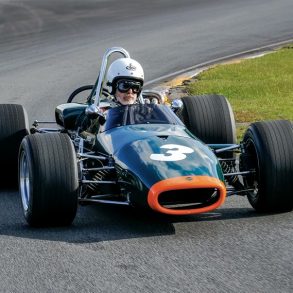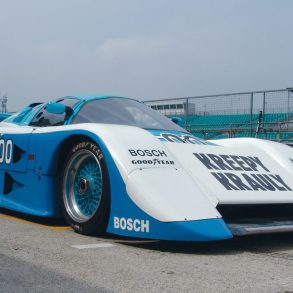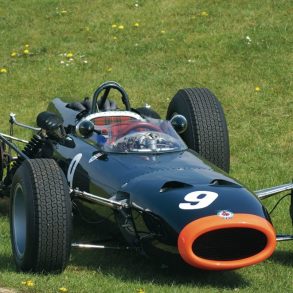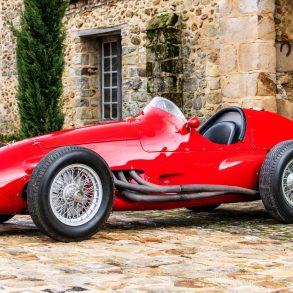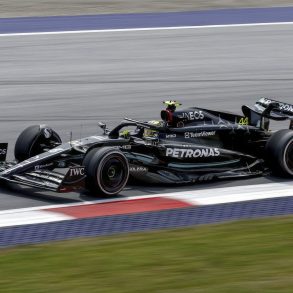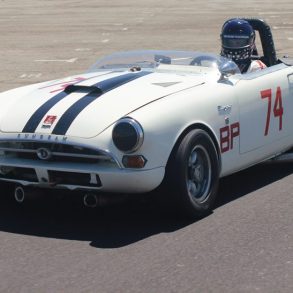Become a Member & Get Ad-Free Access To This Article (& About 6,000+ More)
Access to the full article is limited to paid subscribers only. Our membership removes most ads, lets you enjoy unlimited access to all our premium content, and offers you awesome discounts on partner products. Enjoy our premium content.
Already a Member?
- Sign in to your account here
- Refresh this page to access your content!


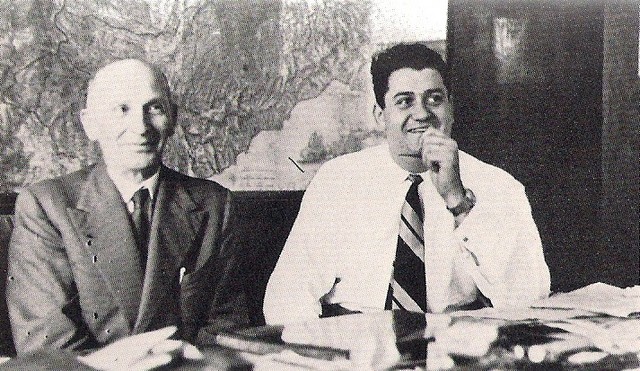

 Born on April 22, 1891 as Viktor János in San Giorgio Canavese to Hungarian immigrants, Vittorio Jano was the son of the Technical Director at one of Turin’s two arsenals. At 18, after completing instruction at the Instituto Professionale Operaio in Turin he took a job as a draughtsman for the Rapid motor works. In 1911 he became an employee of Fiat and worked under the brilliant designer
Born on April 22, 1891 as Viktor János in San Giorgio Canavese to Hungarian immigrants, Vittorio Jano was the son of the Technical Director at one of Turin’s two arsenals. At 18, after completing instruction at the Instituto Professionale Operaio in Turin he took a job as a draughtsman for the Rapid motor works. In 1911 he became an employee of Fiat and worked under the brilliant designer 
